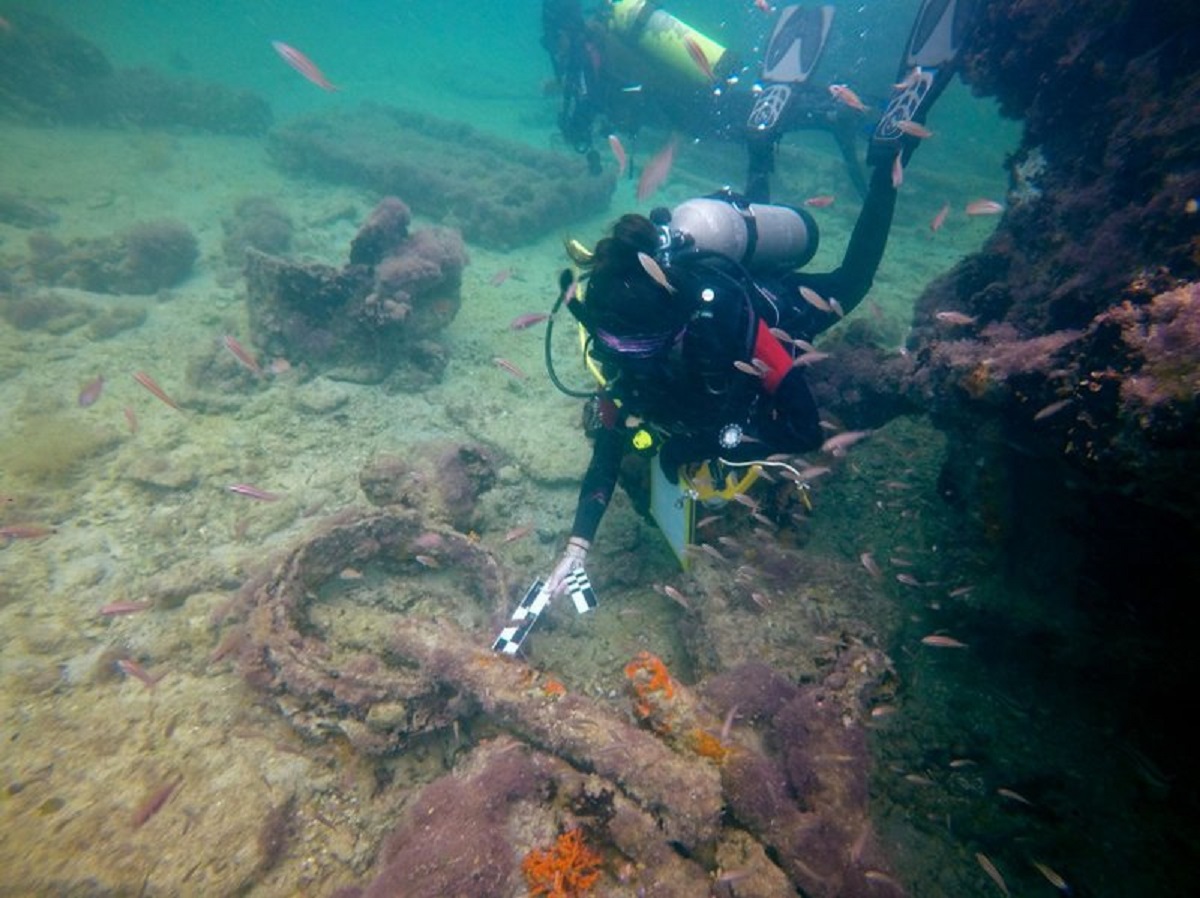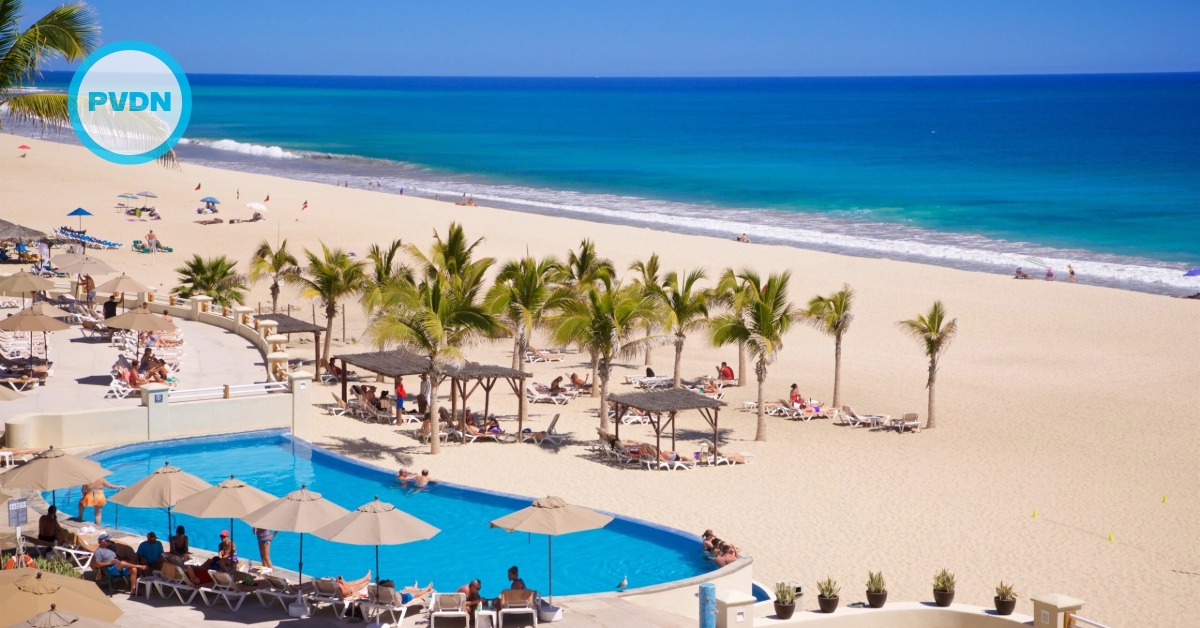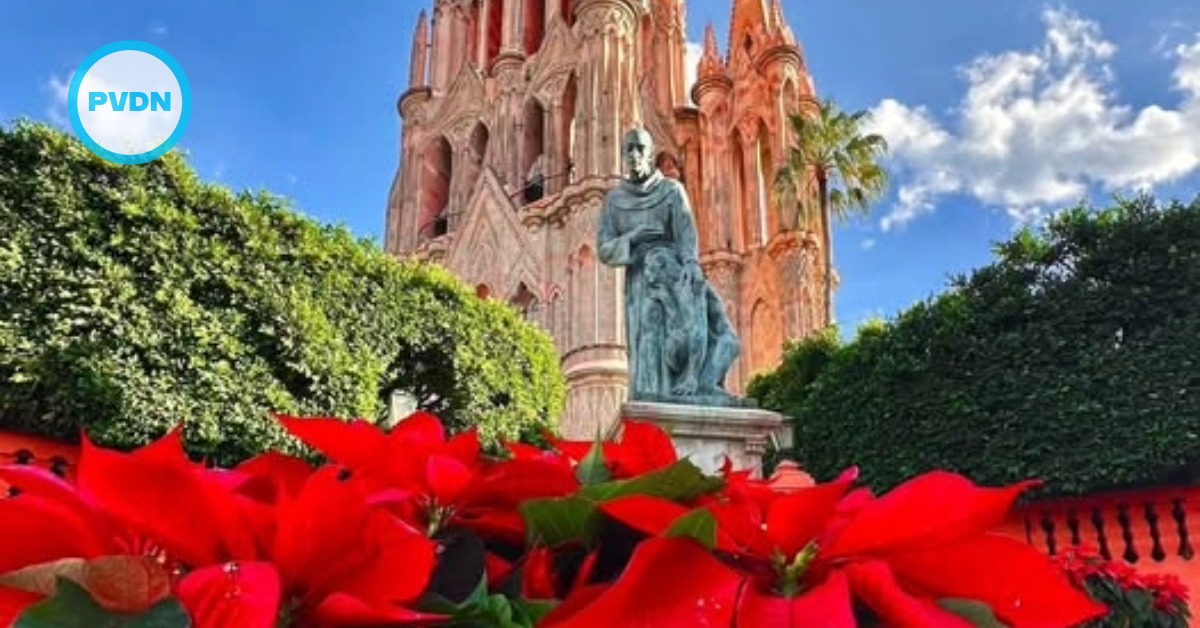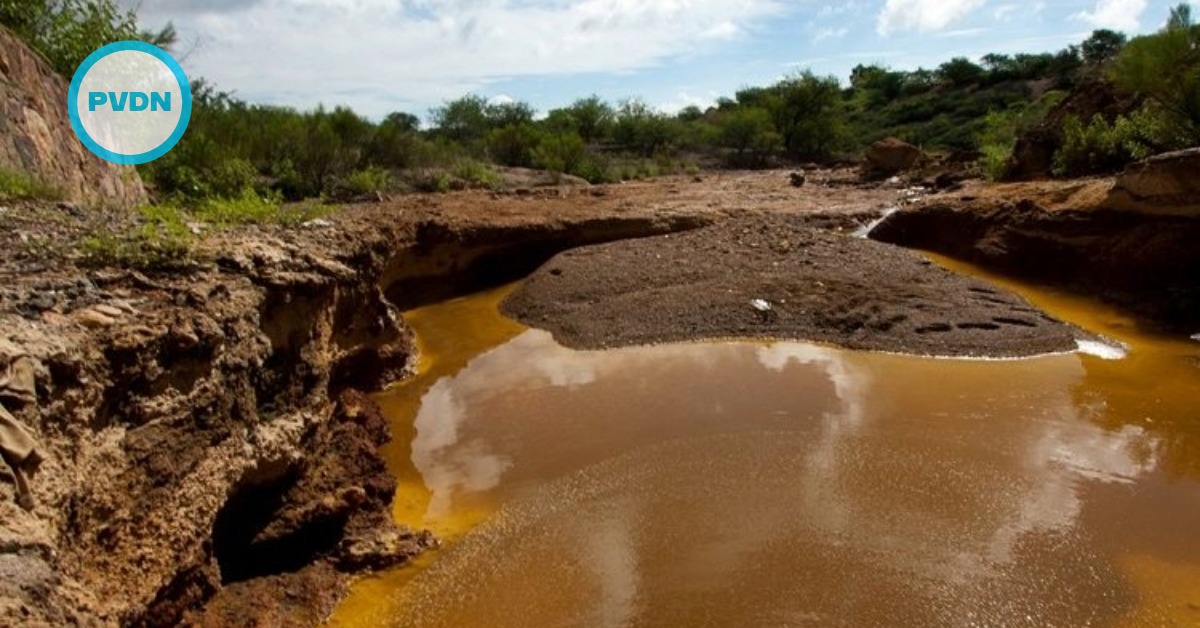Archaeologists in Mexico said Tuesday they have identified a ship that carried Mayan people into virtual slavery in the 1850s, the first time such a ship has been found.
The wreck of the Cuban-based paddle-wheel steamboat was found in 2017, but wasn’t identified until researchers from the National Institute of Anthropology and History checked contemporary documents and found evidence it was the ship “La Unión.”
The ship had been used to take Mayas captured during an 1847-1901 rebellion known as “The War of the Castes” to work in sugarcane fields . . .






